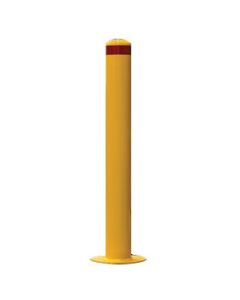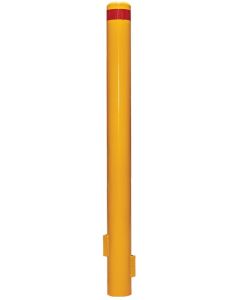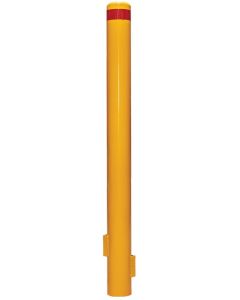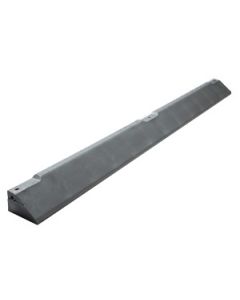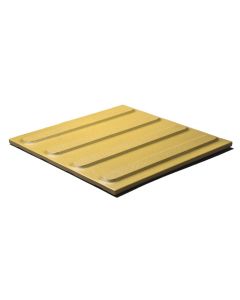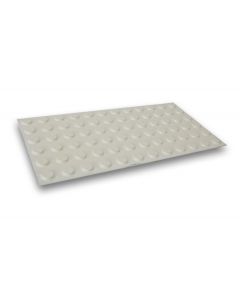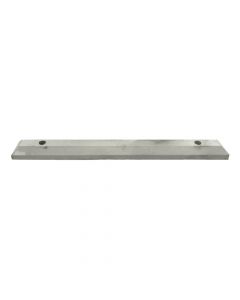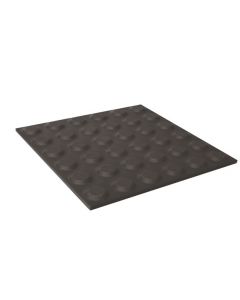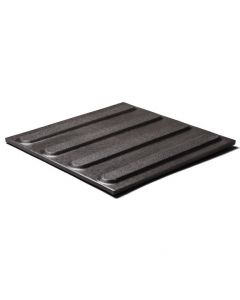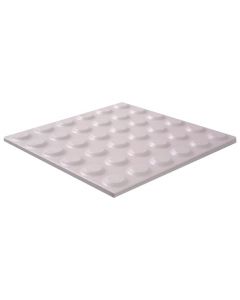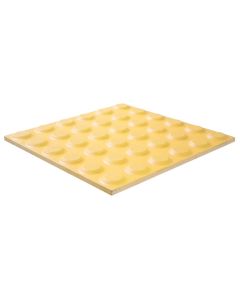Buyers Guide: Tactiles

Jaybro Buyers Guide: Tactiles
What are Tactiles?
Tactiles are also known as tactile indicators or TGSI (short for tactile ground surface indicators).They are typically ceramic or vinyl tiles that feature raised bumps or lines. These textured tiles are designed to assist vision-impaired people with wayfinding in areas such as train stations, entranceways, public buildings and more.
Tactiles are applied to floor or ground surfaces to give advance warning of changes in an environment, for example, escalators, kerbs, road crossings, driveways, car parks, pedestrian crossings and changes to the grade of a path.
They can also make areas safer people without vision impairment, by helping to prevent trip hazards and warn of dangerous drop-offs such as those found on train station platforms.
Which Tactiles Should I Choose?
Choosing the right tactiles for your project depends on the surface they will be fixed to and the finished appearance you are trying to achieve.
There are a few different types of tactiles available to buy from Jaybro, including peel and stick versions, ceramic tiles and individual steel tactile studs.
Tactiles come in two surface designs: hazard tactiles have dots on the surface, and directional tactiles have long raised stripes on the surface.
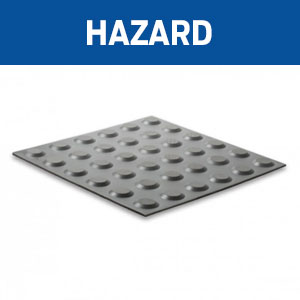
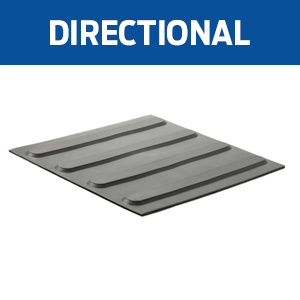
Tactile indicators are available in a number of different materials:
Porcelain tiles
Available in yellow, charcoal, grey and ivory colours, these porcelain tiles are suitable for installation on a range of substrates including timber, carpet, vinyl and rubber and concrete. They are available in 300mm square or 300 x 600 sizes.
We recommend the use of an adhesive such as Adesilex G19 constructile glue to fix polypad tactiles. Adesilex is an extremely strong and flexible two-part polyurethane adhesive for fixing rubber and PVC flooring to concrete, asphalt, timber, metal and existing ceramic tiles.
Peel & Stick
Using these high-grade polyurethane tiles makes for fast and easy installation. The self-adhesive backing will stick to almost any flat surface – simply peel, stick, and go for fast, easy installation. These tactiles can be walked on immediately after laying, and the low profile design can be laid on top of an existing floor with no inset required. They are ideal for floors where the surface is smooth and clean.
Rubber
Rubber constructiles, like peel and stick versions, are designed to be retrofitted over almost any surface with no recess required. Rubber tactile indicator tiles are suitable for installation on a range of substrates using a flexible two-part polyurethane adhesive like Adesilex G19 constructile glue. Rubber is hard wearing and slip resistant.
Stainless steel tactile studs
Stainless steel studs provide a high-quality architectural finish and are typically used for both indoor and outdoor areas like commercial businesses, corporate buildings and in shopping centres. They are manufactured from 316 Stainless and have a shaft that fits easily into a pre-drilled hole. They are simply pushed into place with no glue required.
Each stud measures 35mm diameter and has a textured surface to avoid slipping. Because they are supplied individually, these single stud tactiles are also ideal for surfaces that are slightly angled or where the surface undulates which can prevent a successful installation of tiles.
Also, because they are individual it’s easy to replace single tactiles if necessary.
Do tactiles have to be used on my project?
If you’re designing a public space or environment then yes – using them is mandatory.
In order to create inclusive spaces, Australian Standards and the Australian Building Code contain specifications to ensure public buildings and spaces are designed so that they can easily be used by people with a disability. These guidelines take into account a range of users with different needs and seek to provide a consistent experience in all situations.
The relevant standards include AS/NZS 1428.4 Design for Access and Mobility Part 4.1: Means to assist the orientation of people with vision impairment – Tactile Ground Surface Indicators. This document provides contractors and installers with a definitive guide in Australia for the layout, placement and positioning of tactiles. There is also a section regarding slip resistance which is a key factor in ensuring your construction project is safe.
Additionally, the Building Code includes guidance on access for people with a disability, noting that tactiles should be installed to indicate approaches to areas such as stairways, escalators and ramps.
Both these Standards provide clear guidelines on where and how to install tactiles so that there is consistency across all Australian public spaces. This ensures that the experience of blind and vision-impaired people remains consistent no matter where they are.
Help and advice on choosing tactiles
Jaybro is a leader in site safety solutions – get in touch with our friendly team if you need some advice on the right tactile indicators for your site or project.
This information is provided as an introductory guide only and does not constitute professional advice. Ensure you make your own independent enquiries at your workplace before deciding if a particular product is right for you. Consult the regulations and standards applicable to your area and check with your workplace health and safety representative for further information. Jaybro does not warrant the accuracy, content, completeness or suitability of the information on this site (or any site owned by the Jaybro Group) for your individual purposes. Any price or saving claim is correct at the time of publishing, and subject to change without notice.
 Sign In
Sign In 

